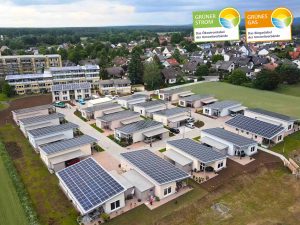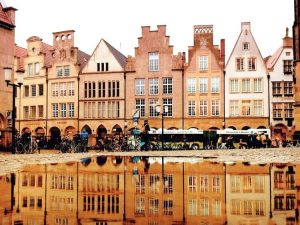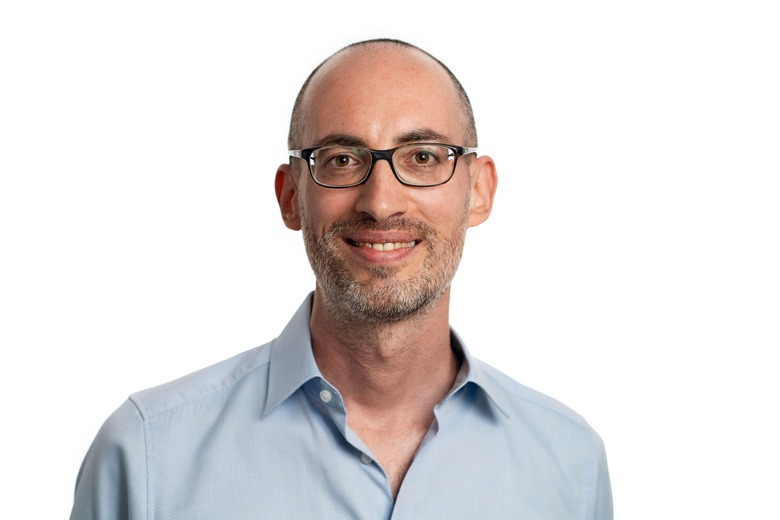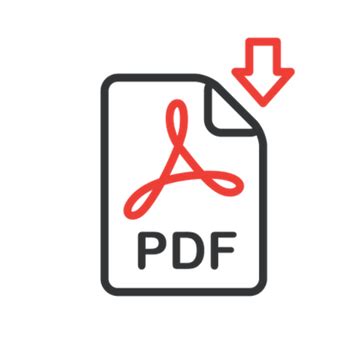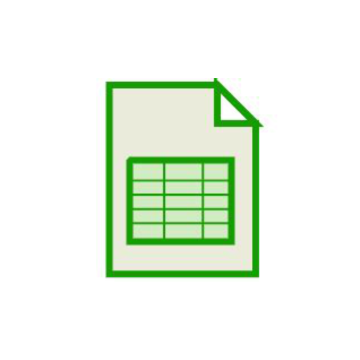For energy providers
Seal of approval with added value for your eco tariff Important information for energy providers
You would like to have the quality of your tariff checked and awarded? Then you have come to the right place!
Guarantees the expansion of renewable energies
A fixed amount per kilowatt hour flows into the expansion of renewable energies and into innovative energy transition projects - guaranteed!
Genuine green electricity & biogas with added value
Ecological energy supply guaranteed. A relabeling of nuclear and coal-fired power is excluded with us!
Supported by environmental, peace and consumer associations
Behind the seals of approval are NABU, DUH, BUND & other civil society organizations.
The Grüner Strom-Label
The Grüner Strom-Label is the only green electricity label in Germany that is supported by leading environmental associations such as NABU and BUND. It offers consumers a simple guide to the right green electricity tariff in the complex electricity market.
- 100 % genuine green electricity from renewable energy sources
- Guaranteed investments in new plants and innovative energy projects
- Recommended and supported by leading environmental and consumer associations
- Independent certification to the highest environmental standards
- First green electricity label in Germany since 1998
The Grünes Gas-Label
The Grünes Gas-Label is the only biogas label in Germany that is supported by leading environmental associations such as NABU and BUND. It offers consumers a simple guide to the right biogas tariff in the complex market for gas products.
- With real biogas, environmentally compatible and resource-saving
- Promoting the energy transition, regionally and decentrally
- Recommended and supported by leading environmental and consumer associations
- Independent certification to the highest environmental standards
- First seal of approval for biogas products in Germany

for 100 % renewable energy supply
Obtain green electricity label
GUARANTEED INVESTMENTS
Investment commitment for a cross-sectoral energy transition: With a fixed amount per kilowatt hour consumed energy turnaround projects are being implemented. Thus, a renewable energy future actually driven forward - guaranteed.
More than 80 million euros have already been published in over 1,600 ecologically valuable projects.
With a green electricity tariff with Grüner Strom-Label you support many different projects such as new green power plants, future technologies like storage and smart grids, energy efficiency measures, e-mobility, citizen energy projects, etc.
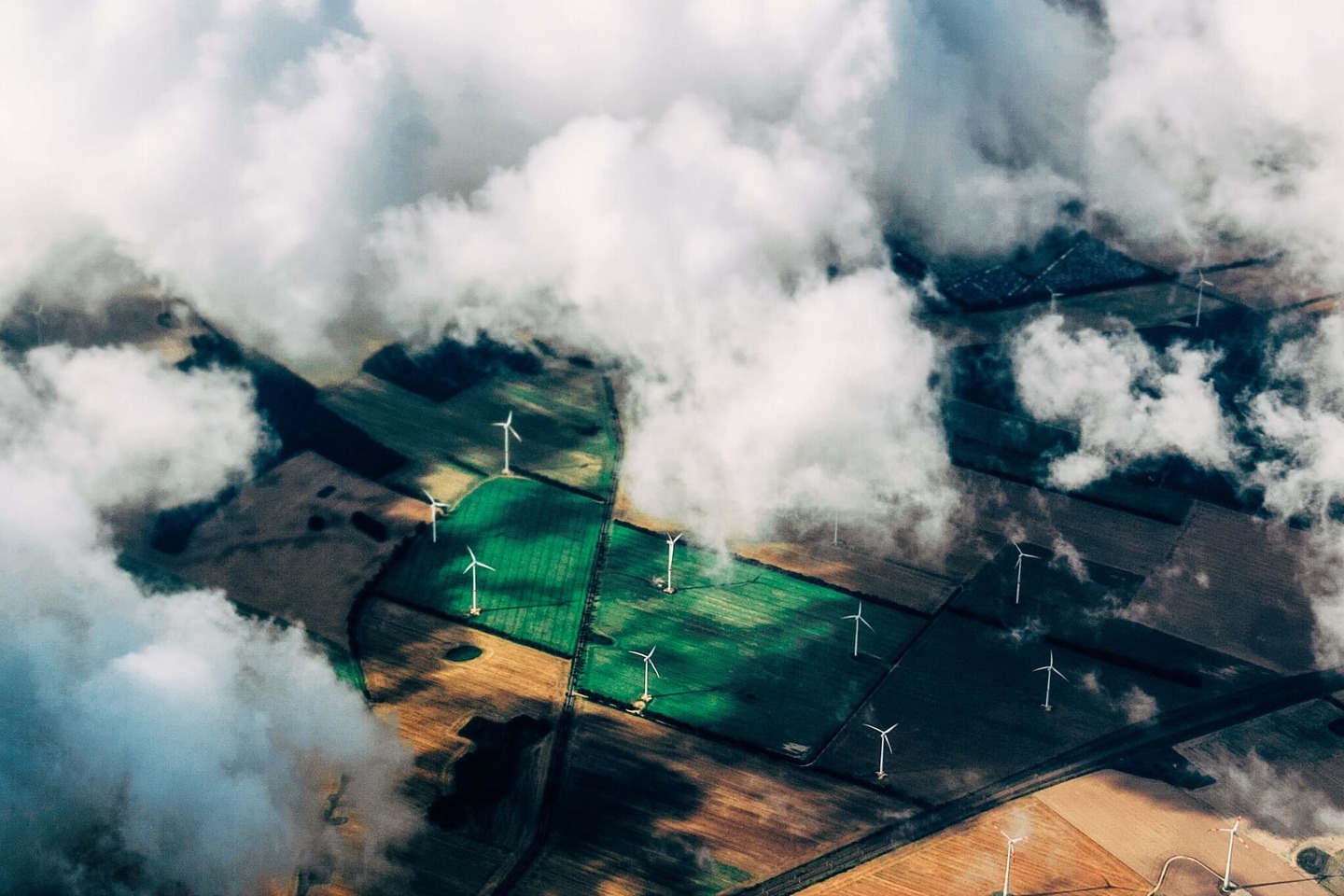
for 100 % renewable energy supply
Biogas label obtained

Energy provider
Energy providers that offer a certified electricity or gas tariff promote the expansion of eneuerable energies and innovative energy transition projects with a fixed amount per kilowatt hour consumed.
In this way, end customers and energy suppliers jointly support the energy transition: You, just through your electricity purchase, and your supplier through its promise of support.
Are you already a label holder? Then use our service portal!
Service portal
Smooth certification: In the portal we provide you with all important information and documents. If you do not yet have access, please feel free to contact us at any time.

This is what we have achieved together
By choosing a certified green electricity or biogas tariff, you are directly supporting the energy transition. For every kilowatt hour consumed, a fixed amount flows into the expansion of renewable energies - that's sustainable thinking.
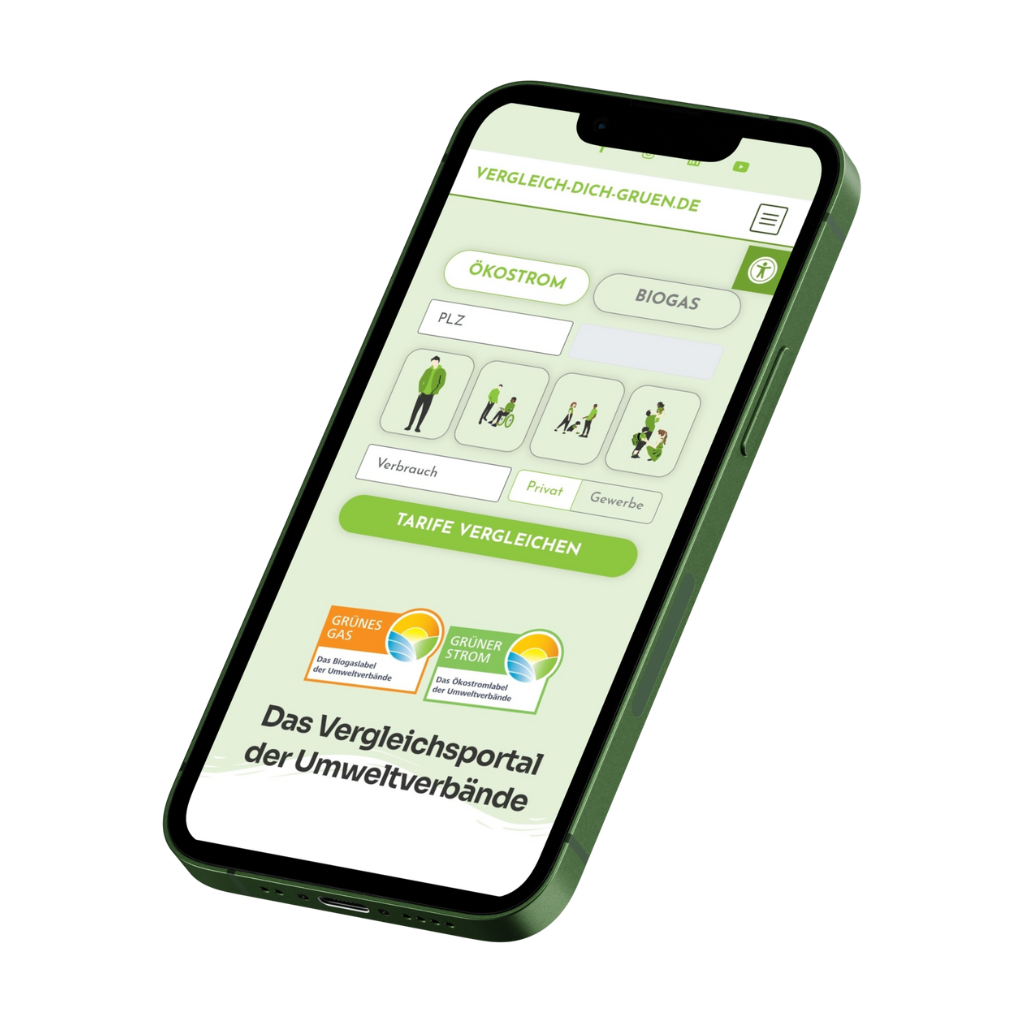
Switch to a certified green electricity tariff or biogas tariff now!
There are already several online comparison portals for electricity and gas rates. So what's the point of another one?
At the comparison portal of the environmental associations, consumers can compare high-quality and exclusively certified green electricity and biogas tariffs.
compare-yourself-green offers you the opportunity to actively participate in an energy transition that is environmentally friendly, decentralized, citizen-oriented, for the common good, fair and pollutant-free through your purchasing decisions.
What you should know about green electricity
Grüner Strom-Label
Frequently asked questions
With Green Electricity-certified green electricity tariffs, guaranteed investments flow into the expansion of renewable energies. The level of investment is determined by a fixed amount per kilowatt hour consumed. Thus, your green power purchase indirectly influences investments in the energy transition.The funding areas include the mobility transition, energy infrastructure, energy efficiency, and other projects that serve the energy transition, such as nature conservation, development cooperation, and education.
The full range of funding opportunities can be found in the criteria catalog for the Grüner Strom-Label. Selected energy transition projects can be found here.
Green Electricity
Green electricity is electrical energy that comes from renewable sources. It can be generated from solar radiation, wind and water power, biomass, geothermal energy or sewage gas. Electricity from renewable sources is ecologically and socially sound because it protects the climate and reduces the consumption of fossil, finite resources. In addition, it does not produce hazardous waste, such as radioactive waste from nuclear power plants. When you buy green electricity, it doesn't mean that green electricity is actually coming out of the pipe. Every kilowatt hour generated flows into an electricity lake, from which it is then redistributed to end customers. In other words, everyone gets the same physical electricity. But every single green electricity customer helps to make the electricity lake ever greener. However, green electricity does not automatically promote the energy transition. For this, additional investments must be made in the expansion of renewable energies. This is guaranteed by tariffs that carry the Green Electricity label. - -
Electricity from renewable energies is ecologically and socially acceptable because it protects the climate and the environment. Consumption of fossil, finite resources reduced is produced. In addition, no hazardous waste is produced, such as radioactive waste from nuclear power plants.
When you buy green electricity, this does not mean that green electricity actually comes out of the line. Every kilowatt hour generated flows into a Stromseefrom which it is then redistributed to the end customers. In other words, everyone receives the same physical electricity. But every single green electricity customer helps to make the electricity lake ever greener.
- - -
The numerous green electricity tariffsavailable on the energy market differ significantly from one another.
The crucial point with a green electricity tariff is whether consumers are choosing a green electricity tariff with their purchase decision. . . environmentally compatible expansion of renewable energies is subsidized. This is not the case with many green electricity offers.
It is important to make the electricity mix greener, Incentives for the expansion of renewable energies This is where the Grüner Strom-Label comes in: if you choose a tariff that has been awarded our seal of approval, you can be sure that every kilowatt hour you consume will go towards the expansion of renewable energies. The guaranteed investments in the environmentally compatible expansion of renewable energies are an essential Distinguishing feature compared to many other green electricity labels and green electricity tariffs.
Green electricity tariffs for private customers require an investment of at least 0.5 cents per kilowatt hour. Many energy providers also invest more than 0.5 cents per kilowatt hour.
. tariff portal of the environmental associations for switching energy providers. .
For trade customers, the Subsidy contribution are lower due to the higher consumption values: they range from 0.1 cents to 0.4 cents per kilowatt hour.
Yes. Green electricity tariffs do not necessarily have to bear a label. Certification by the Grüner Strom-Label or other seals of approval is voluntary. There are electricity providers who do not have their tariffs independently verified at all. Here, consumers must decide for themselves how credible the offer is.
In addition, it is not the energy providers that are certified, but only the individual tariffs. You can find more information about our certification here.
What you should know about biogas
Grünes Gas-Label
Frequently asked questions
With Green Gas-certified tariffs, guaranteed investments flow into the expansion of renewable energies.
The level of investment is determined by a fixed amount per kilowatt hour consumed. Thus, your gas purchase indirectly influences the investments in the energy transition. The areas of support include the mobility transition, energy infrastructure, energy efficiency, and other projects that serve the energy transition, such as nature conservation, development cooperation, and education.
You can find the whole range in the criteria catalog for the Grünes Gas-Label.
Biogas in general
- Biogenic residues (e.g. biowaste from the organic waste garbage can, plant residues, residues from agriculture such as harvest and slaughter waste, liquid manure, slurry and dung).
- Sewage sludge and sewage gases from wastewater treatment plants, industrial processes, or commercial production (e.g., from biogenic residues in paper recycling).
- Renewable raw materials or energy crops (e.g., corn or through-grown silphia).
The abbreviation NawaRo stands for the term renewable raw materials.
This refers to plants or plant components that originate from agricultural production and are not used as food or feed, but are used materially or energetically, e.g. for the production of biogas.
Sewage gas is a methane-containing gas produced during wastewater treatment by the digestion of sewage sludge. Sewage gas contains between 45 and 70 percent methane by volume.
As the name suggests, this is gas that is produced artificially. Gas is produced from water in an electricity-intensive process called electrolysis. This concept is called power-to-gas. In this context, people often talk about green hydrogen. Green' here means that hydrogen is produced with the help of green electricity.
- Biogenic residues (e.g. biowaste from the organic waste garbage can, plant residues, residues from agriculture such as harvest and slaughter waste, liquid manure, slurry and dung).
- Sewage sludge and sewage gases from municipal wastewater treatment plants, industrial processes, or commercial production (e.g., from biogenic residues in paper recycling).
- Renewable raw materials (e.g. maize or through-grown silphia), but only if there is an ecologically sustainable operator concept that is conducive to the energy transition.
Together for the energy turnaround
The faces behind

Nina Cernohorsky
Co-leader
Green Electricity Certification, Green Gas Certification Officer

Christian Knops
Head of Green Gas Certification, Managing Director kompass:grün
Consulting GmbH

Melanie Alberts
Manager
Communication & Marketing
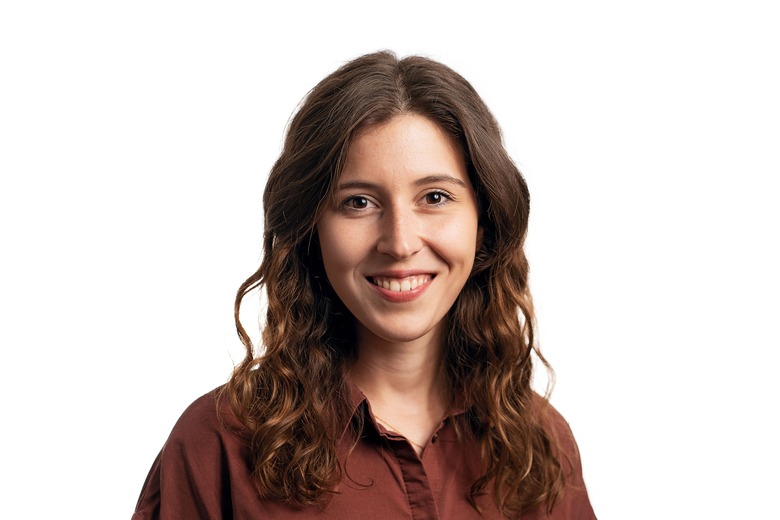
Michelle Markwart
Management Consultant, Online Communication

Antonia Schelnberger
Speaker
Green power certification

Andrea Kerkmann
Speaker
Green electricity certification, green gas certification

Melina Lukas
Management consultant, green electricity certification
Stay up to date
Sign up for our newsletter
Grüner Strom Label e.V. | Kaiserstrasse 113 | 53113 Bonn | Germany
Tel: +49 (0)228 / 522 611-90 | E-Mail: info@gruenerstromlabel.de
Want to learn more?
Then feel free to contact us and follow us on social media.

